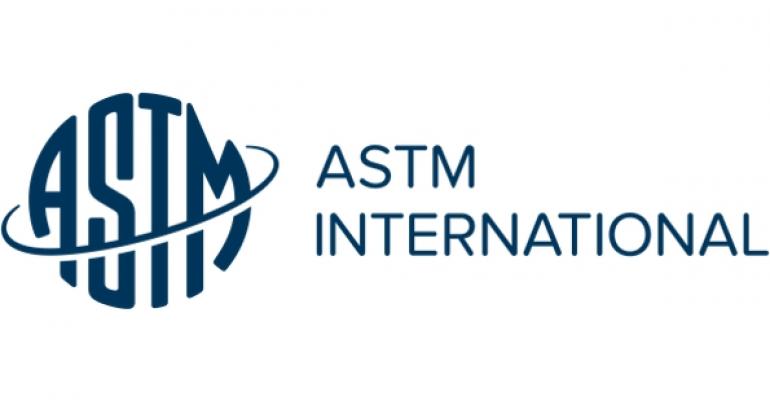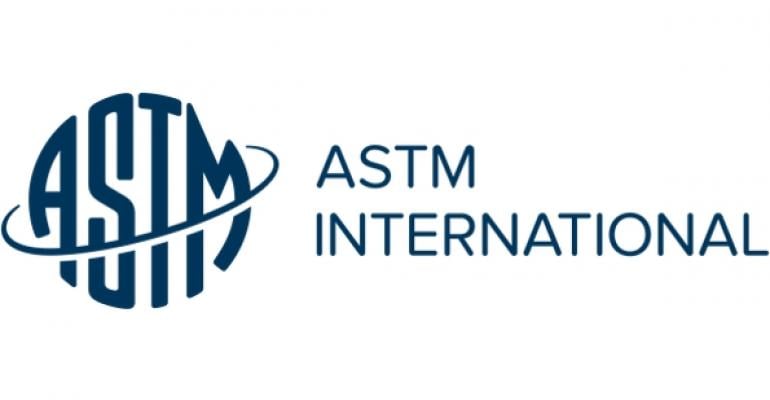
In other blogs, we discuss the ASTM International, what it is, and how we use them in the fastener industry. Our sales team will often refer our customers to the ASTM standards, and our team uses and adheres to them each day. For those unfamiliar, the ASTM standards may seem unapproachable, but the standards are actually accessible once you understand their organization. Let’s go over the standards, their designations, what they contain, and how you can find the right standard.
ASTM Designations
There are over 12,000 ASTM standards covering a variety of fields and industries. For our purposes, we’ll focus on the standards that relate to fasteners. The ASTM designation is a mandatory title of each standard (example: F3125 or A325). The first letter is the classification of the standard:
A - Ferrous metals and products (steel)
B - Nonferrous metals and products (coatings)
C - Cementitious, ceramic, concrete, and masonry materials
F - end-use materials and products (bolts)
G - Corrosion, deterioration, weathering, durability, and degradation of materials and products
After the letter, there is a reference number given to the standard. From there, a grade can be added. For example, F3125 is the standard for high strength bolts. A325 and A490 are grades that fall under that standard, so you’d call a bolt F3125 Grade A325. When reading an ASTM standard, you will usually see two numbers after the standard, like A449-14. The last two numbers signify the year the standard was updated.
Reading an ASTM Standard
ASTM standards are written in a specific, organized manner. Each standard begins with the scope, which informs the reader the purpose and limitations of the standard. It then has a bibliography of referenced documents within the standard and may also include a list of any terminology used that may be unfamiliar.
From there, in regards to fasteners, you will find details on everything needed to manufacture the fastener. This includes materials, mechanical properties, chemical compositions, dimensions, appearances, and testing methods. These details can also include fastener limitations, reference tables, supplementary requirements, and notes on packaging. Referring to an ASTM standard is a great way for manufacturers and customers alike to determine the right fastener for a particular job, as well recognize the advantages and limitations of a standard.
Finding an ASTM Standard
ASTM International provides a comprehensive search engine on their website for over 12,000 standards. Standards are available for purchase in print or electronically. For specific questions on a standard, contact your project engineer or the Birmingham Fastener sales team, who are always available to answer specific questions about the products we sell.
